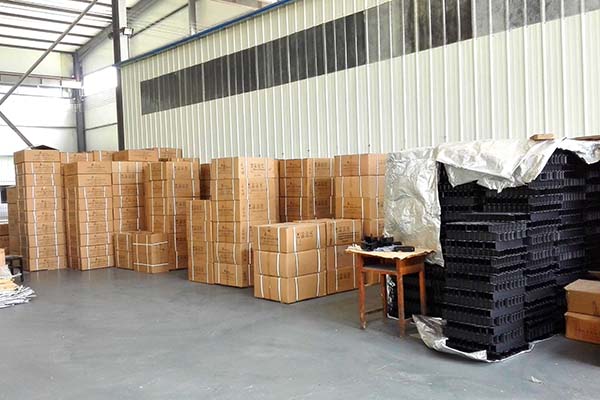Understanding Cable Carrier HS Code and Its Importance in Global Trade
Understanding Cable Carrier HS Code A Comprehensive Overview
The world of international trade is governed by an intricate system of codes and classifications that facilitate the movement of goods across borders. Among these, the Harmonized System (HS) codes play a pivotal role. One specific category of goods that is gaining traction in global markets involves cable carriers. This article delves into what cable carriers are, their applications, and the significance of their HS code in trade.
What are Cable Carriers?
Cable carriers, also known as cable drag chains or cable tracks, are devices designed to guide and protect moving electrical cables and hoses. They are commonly utilized in various industries, including manufacturing, robotics, and automation, where machinery requires mobility without compromising the integrity of cables. Essentially, cable carriers serve two main functions they provide a controlled pathway for cables and hoses while preventing tangling, wear, or damage caused by movement.
These systems are particularly important in environments where machinery is in constant motion, such as factories with robotic arms, CNC machines, or automated conveyor systems. The benefits of using cable carriers include improved safety, reduced downtime, and enhanced efficiency of operations.
The Importance of HS Codes
The Harmonized System (HS) is an internationally standardized system of names and numbers used to classify traded products. Administered by the World Customs Organization (WCO), it provides a uniform framework that over 200 countries and economies utilize for customs tariffs and international trade statistics.
Each product is assigned a unique code, composed of six digits. These codes can be extended or modified for regional uses, resulting in longer codes that specify particular product nuances. For cable carriers, knowing the specific HS code is crucial for businesses engaged in import and export. It determines tariff rates, trade agreements, and even regulatory requirements that may affect the movement of goods across borders.
Cable Carrier HS Code Breakdown
cable carrier hs code

The cable carrier HS code typically falls under the broader category of “mechanical appliances.” While the specifics may vary by country, many countries categorize cable carriers under HS code 8479. This section covers machines and mechanical appliances that have functions not classified elsewhere. Additional classifications may be applied based on the type of material, design, and specifics of usage.
For instance, countries may require further distinctions to classify whether the cable carrier is made from plastic, metal, or a composite of materials. It's essential for businesses to consult local customs regulations to ensure compliance and accurate classification to avoid potential delays or fines during the import-export process.
Practical Implications for Businesses
Understanding and correctly applying the HS code for cable carriers can significantly affect a business's bottom line. Accurate classification helps in calculating duties and taxes that importers face, thereby influencing pricing strategies. Furthermore, a clear understanding of the HS code facilitates smoother transactions and reduces the risk of customs disputes.
Internationally, maintaining compliance with HS codes can open up markets and reduce costs through trade agreements favorable to specific products. For example, certain countries may have free trade agreements that lower or exempt tariffs for imports falling under specific HS codes.
Conclusion
In conclusion, the importance of the cable carrier HS code cannot be understated in the realm of international trade. As businesses increasingly rely on automated solutions to enhance productivity and safety, understanding the classification and implications of cable carriers will play a vital role in ensuring compliance and efficiency in global supply chains.
From manufacturers to suppliers, being well-versed in HS codes related to cable carriers will not only streamline processes but also empower businesses to navigate the complexities of international trade with greater confidence. As technology continues to evolve and cross borders, staying updated with the latest regulatory frameworks and trade norms will be crucial for maintaining competitive advantage in the ever-expanding market landscape.








